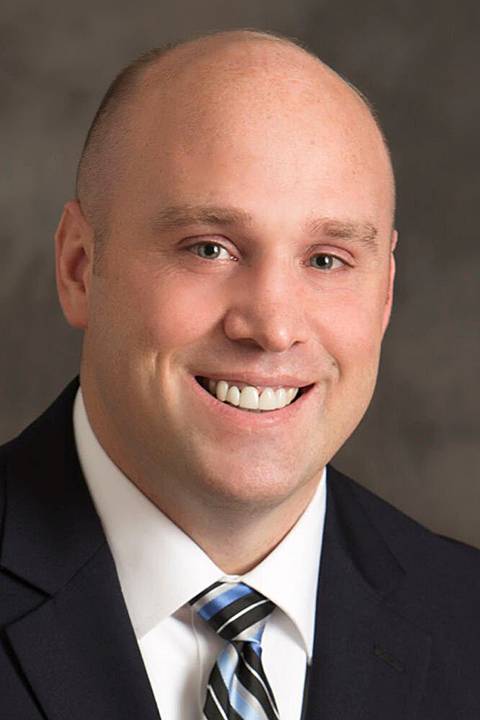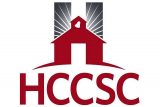Small hospitals are making a huge difference
General
 Posted by: Steve Kimmel 1 year ago
Posted by: Steve Kimmel 1 year ago

In rural Northeast Indiana, every county has at least one hospital serving its population. That may not seem very important, but compared to other areas of the United States, hospitals are becoming a luxury in rural communities.
According to a report from the American Hospital Association, 136 rural hospitals closed between 2010 and 2021. Financial struggles, staffing challenges and regulatory barriers are often cited as reasons.
The headlines may leave a dark impression, but there’s still some positive news coming out of rural hospitals. Earlier this year, two rural hospitals in Northeast Indiana made national news for their high-quality care.
First, Kendallville’s Parkview Noble Hospital made the 2022 Fortune/Merative 100 Top Hospitals list. What’s even more impressive? The hospital is ranked fifth in the nation among all small community hospitals.
Separately, the Centers for Medicare & Medicaid Services (CMS) awarded Parkview Huntington Hospital its highest rating of five stars in the Overall Hospital Quality Star Ratings for 2022. Parkview Huntington was the only Parkview hospital as well as one of only 12 in the state and 429 nationwide to earn a five-star rating.
With a top-five hospital and a five-star hospital, Parkview thought it might be fitting to explore five ways rural hospitals are making a difference, starting with No. 5.
5. Quality Care
Every day, more than 700 people walk through the doors of Parkview Huntington Hospital. The goal for each one is an excellent experience – one of the factors in Parkview Huntington’s five-star CMS rating. Doug Selig, president of Parkview Huntington Hospital, says Parkview’s mantra of “excellent care for every person every day” drives his team to continuously improve.
“I think the mindset of process improvement helps create excellence in our outcomes,” Selig says. “We are transparent with our frontline staff and are constantly engaging with them. It’s about empowerment; we want their feedback because we need their input and buy-in to be successful.”
Selig points out that the recent awards for Parkview Huntington and Parkview Noble are especially meaningful. The accolades are based on publicly reviewed data from every hospital in the nation, and they take a holistic view of the overall patient experience not just one aspect of care.
Additionally, rural hospital awards are competitive.
“The rural hospital compare groups are one of the largest hospital groups,” Selig says. “So there is great competition. These awards prove that Parkview has some of the best hospitals in the nation.”
4. Specialty Services
You may be surprised by the specialty services available in a rural setting. Aside from standard inpatient and emergency care, both Parkview Noble and Huntington offer specialty care such as cardiology, orthopedics, wound care, sleep studies, rehab and more.
“We offer significantly more services than what people think,” says Gary Adkins, president of Parkview Noble Hospital, who has lived and worked in rural communities his entire career.
“People who live in these areas deserve the same quality healthcare that you can access in urban settings. By virtue of the fact that our transfer rates (to larger hospitals) are very low, it demonstrates that those who seek care here are, by and large, treated here.”
3. Community Involvement
While rural hospitals make a substantial impact on their own, they’re even more effective when they partner with other organizations in the community. Take, for example, Huntington County Healing Partners, a joint initiative of the Huntington County Medical Society, Parkview Huntington Hospital, and Parkview Huntington Foundation.
Huntington County Healing Partners provides grants to local organizations that are addressing social determinants of health conditions that impact the health of a population. Currently, the organization is focused on addressing access to healthy foods, chronic disease treatment and management, mental health, obesity, and substance use and abuse.
“We can only do so much within the walls of the hospital,” Selig says. “By supporting other organizations, we can help meet additional needs in our community and improve overall health and well-being.”
2. Economic Impact
According to the National Center for Rural Health Works, on average, the health sector constitutes 14 percent of total employment in rural communities, with rural hospitals typically being one of the largest employers in the area.
Hospitals are also a key part of business development and talent attraction. People looking to move to the region want to know they’ll have access to quality healthcare.
“As a hospital, we are a vital part of the economic growth of the community,” Adkins says. “We provide a strong healthcare facility that other area leaders can share as they attempt to recruit new talent to our area.”
1. Caring People
Nationwide, it’s no secret that the healthcare industry is facing unprecedented staffing challenges, and rural hospitals feel the effects even more.
To recruit co-workers and providers, Selig and Adkins focus on the unique aspects of rural healthcare that aren’t easily replicated.
“I believe there are people who prefer a rural area because of our ability to easily know one another and connect whenever we need to,” Adkins says. “It’s not uncommon for any of our co-workers to reach out to me directly … That type of accessibility and communication may not always be possible in larger settings.”
Selig says he wishes everyone could hear the great stories that come from his staff.
“They love their patients and want to make a difference in their lives,” he says. “They’re often sitting with people, listening, just going above and beyond. They’ll call families months later, just to check-in. It shows their heart and that they truly care.”
This story was produced by Parkview Health.
You May Be Interested In:
Take Your Business to the Next Level
Call the Chamber and see how we can help you take your business to the next level. You can become an Ambassador, volunteer for our golf outing, attend one of our networking group meetings and more. Keep this site close by for all the happenings in Huntington County.



